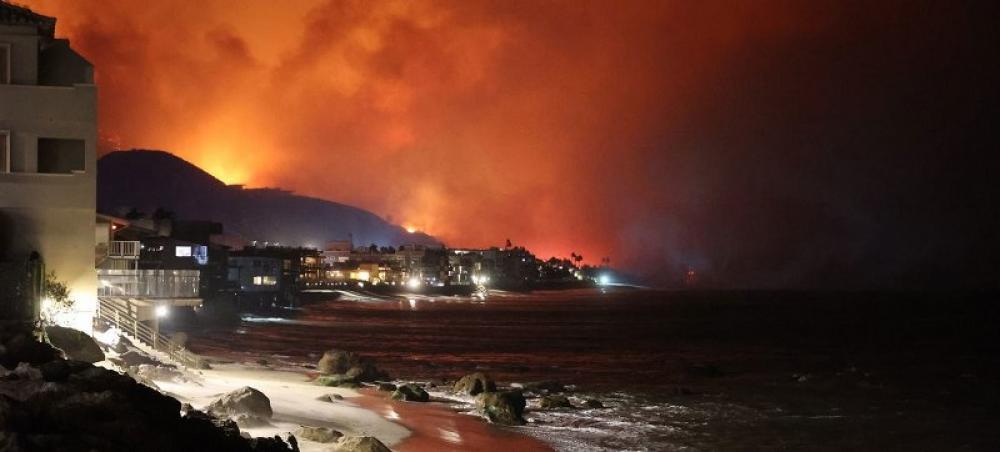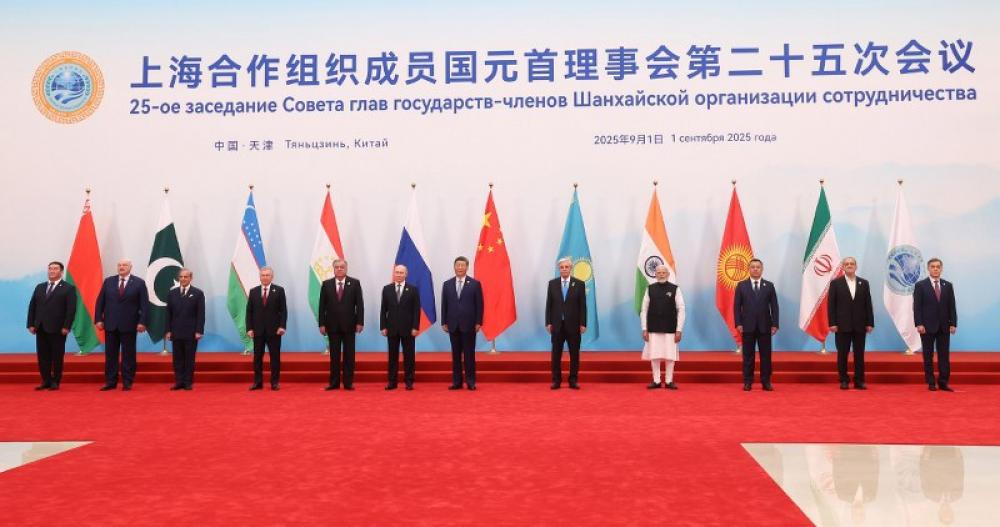07 Jul 2015, 06:46 am Print

India is scaling-up its nuclear power projects, even as countries such as Japan and Germany have shut down, or are preparing to shut down, nuclear power plants. India aims to increase its share of electricity generated through nuclear energy from 3.5% to 25% by 2050, but it has insufficient reserves of uranium. It requires stable supplies of the fuel from countries such as Kazakhstan, Uzbekistan and Russia, with whom it has signed deals for supplying uranium.
Pipeline agreements, on the other hand, are more complex. The Turkmenistan-Afghanistan-
It is necessary for Prime Minister Modi to discuss alternative methods for India to receive natural gas from Turkemenistan. Bringing Turkmenistan’s gas to a port through a pipeline via Iran and then shipping it to India as LNG is only possible when economic sanctions on Iran are lifted.
On the renewable energy front, Tajikistan and Kyrgyzstan have significant hydropower potential but insufficient local demand. India can benefit from hydropower imports from these two countries, using a model similar to its partnership with Bhutan – funding hydropower projects and then buying the electricity.
(Amit Bhandari is a fellow for energy and environment studies at foreign policy think tank group Gateway House: Indian Council on Global Relations)
- Former Bangladesh Minister Asaduzzaman Khan Kamal calls Yunus a 'conspiratorial' character
- BNP’s power push: Sheikh Hasina's longtime political rival Khaleda Zia, her son Tarique Rahman named in Bangladesh poll list
- Donald Trump claims Pakistan, China conducting nuclear tests
- Bangladesh’s Muhammad Yunus faces backlash over ‘map’ showing India’s Northeast as Bangladesh
- ASEAN admits East Timor as 11th member, marks first expansion since 1990s






